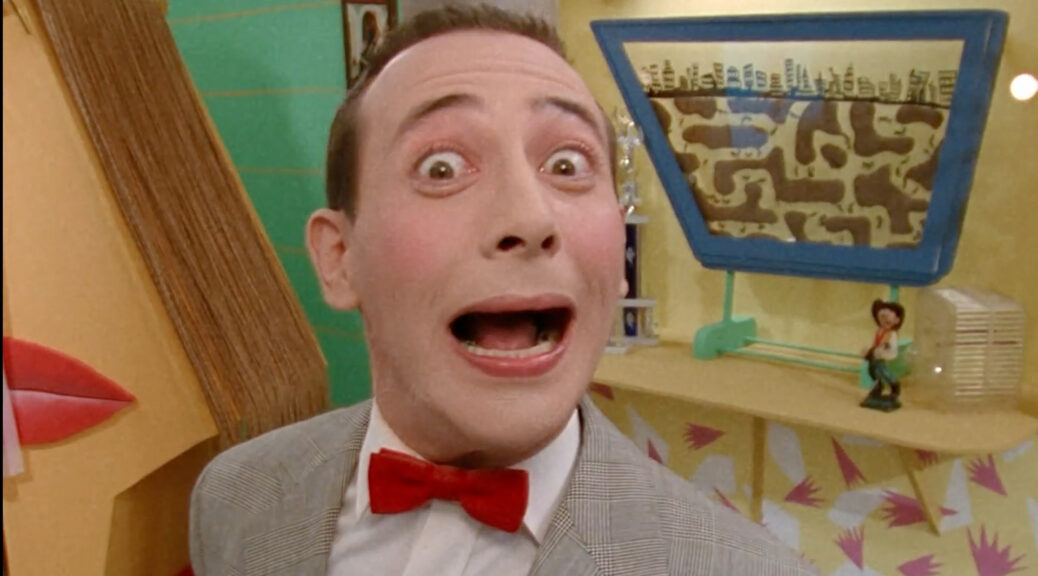How to Train Your Dragon
by Hope Madden
If it weren’t for Toy Story, How to Train Your Dragon would be remembered as the finest animated trilogy ever made. The tale of outsider love, parental expectations, physical limitations and dragons was as emotionally satisfying as it was visually stunning. So, it was both disappointing and inevitable to learn that it would be given the live-action treatment.
Dean DeBlois, co-writer and co-director of the animated features, returns with a surprisingly game adaptation.
Mason Thames is Hiccup, the puny, brainy son of Viking chieftain Stoick the Vast (Gerard Butler, reprising his role from the animated series). A disappointment as a Viking, Hiccup eventually finds that his weakness (empathy) is, indeed, his greatest strength. Next, to convince the thick-headed Vikings that the dragons they fight and fear are really, really cool.
And they are cool.
Hiccup’s new bestie, Toothless—the last of the Night Furies—is as beautifully, charmingly, mischievously feline as fans of the original remember. Wisely, DeBlois and team lean the balance of dragons more toward live action. They’re detailed and intimidating—decidedly less kid-friendly than their animated counterparts. One of them is always on fire, which is badass.
The ragtag gang of Vikings-in-training (Julian Dennison, Bronwyn James, Harry Trevaldwyn, and Gabriel Howell) endear and amuse. Likewise, Nick Frost cuts a fun, comical figure as wizened old Gobber, Viking trainer.
Butler, who brought power and pathos to the cartoon, is perhaps even more effective in the flesh (though under pounds of makeup and prosthetics). His confused affection, misdirected pride and aching tenderness lend real humanity to the tale.
Too bad the leads can’t muster the same. Thames and Nico Parker, as Hiccup’s rival/love interest Astrid, share no real chemistry. Parker lacks the fire the role calls for, and Thames can’t mine his fish-out-of-water moments for comedy.
DuBlois also inexplicably cuts the legs from under the original film’s all-is-lost moment, rushing to emotional safety and limiting the power of the film’s breathless climax.
But whatever its flaws, once How to Train Your Dragon is airborne, it’s pure cinema. DuBlois takes to the skies with an untamed wonder that makes the ride both real and magical. Though it may not be the masterpiece of its animated predecessor, this live action dragon adventure is a worthwhile trip.












